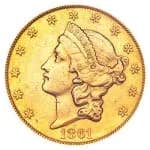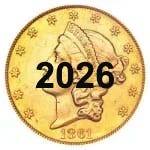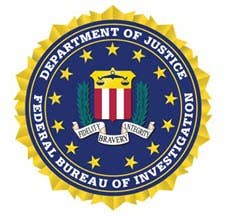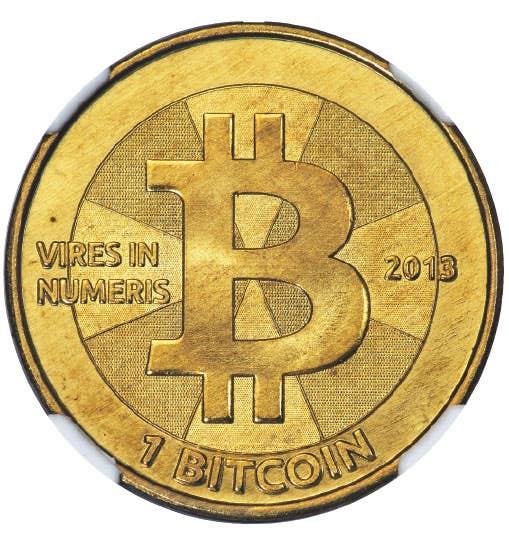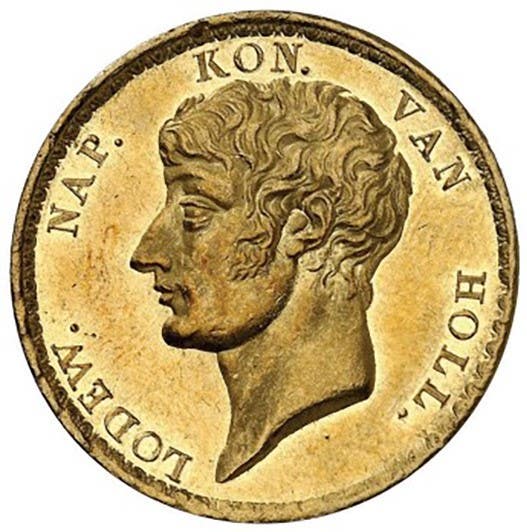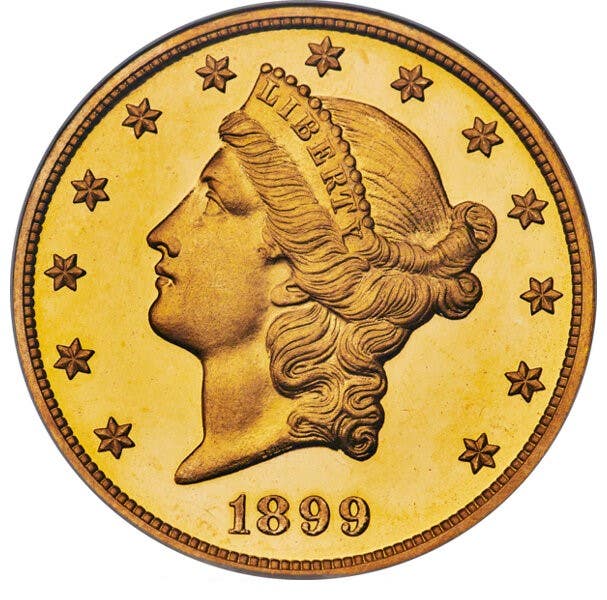Jefferson nickel design similar to 2-schilling
Is the U.S. Jefferson nickel design a copy of a foreign coin?
Is the U.S. Jefferson nickel design a copy of a foreign coin?
It?s quite unlikely, although there is an Austrian 1932 commemorative 2-schilling piece. Its bust of Haydn bears an interesting resemblance to Jefferson, complete to the ?pigtail? queue and the large rectangular patch collar on the coat.
Would you please explain the T-1, T-2 and T-3 abbreviations in the double eagle gold listings in your price charts?
The T-1, or Type 1, Coronet Head double eagle is the one without the motto on the reverse, struck from 1849 to 1866. In the latter year the ?In God We Trust? motto was added on the reverse to make it the T-2. It was minted until 1876. For the T-3, or Type 3, the ?Twenty D.? denomination beginning in 1877 was spelled out as ?Twenty Dollars.? In 1907 production ended and the switch was made to the Saint-Gaudens design.
Isn?t there a unique feature about the Apollo 11 eagle?
This is the only depiction of an eagle on a U.S. coin that bears two olive branches in its talons rather than a branch and a sheaf of arrows. Of course this excludes those eagles such as the Peace dollar design that carry neither. The olive branch is a traditional symbol of peace, so a pair of branches and the elimination of the arrows was intended to show the peaceful intent of the United States.
It?s been some time, so please explain the first, second and third reverses on the early Morgan dollars again.
The first reverse had eight tail feathers and parallel edges on the arrow feathers (PAF). The second reverse (Reverse of 1878) also has parallel edges on the arrow feathers, the eagle breast is flat and the first ?A? in ?AMERICA? touches the wing. The beak is hooked and the coin has a narrow rim. The third reverse (Reverse of 1879) has tapered or slanted arrow feathers (SAF), a raised and rounded breast, the ?A? in ?AMERICA? does not touch the wing and the rim is wide. Both the second and third reverses have seven tail feathers.
Who created the flying eagle design used on the Gobrecht dollars and later on the Flying Eagle cent?
The design was created in 1836 by Titian Peale II. He was a skilled artist and a top naturalist of the day.
Address questions to Coin Clinic, Numismatic News, 700 E. State St., Iola, WI 54990. Because of space limitations, we are unable to publish all questions. Include a loose 41-cent stamp for reply. Write first for specific mailing instructions before submitting numismatic material. We cannot accept unsolicited items. E-mail inquiries should be sent to Answerman2@aol.com.

